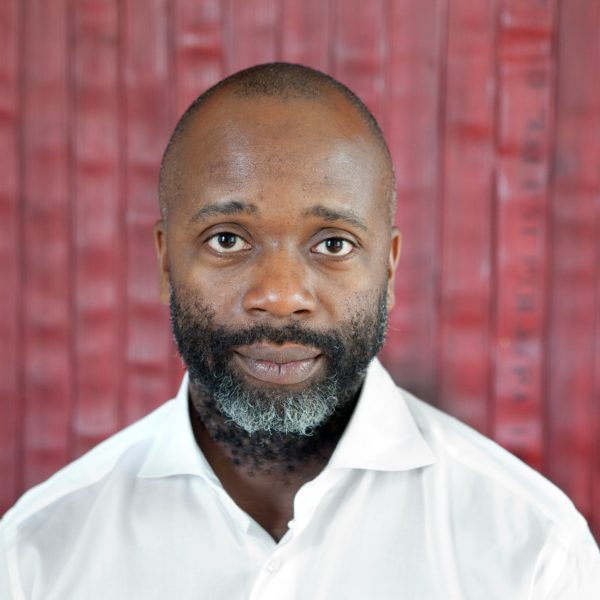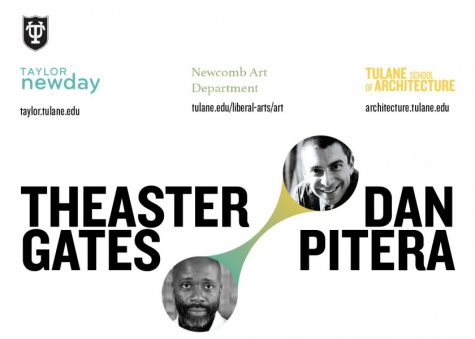Artists identify social justice-architecture intersection in Tulane lecture

Courtesy of the Taylor Center
Theaster Gates spoke at a NewDay Speaker event hosted by the Taylor Center on March 5.
Artist Theaster Gates and architect Dan Pitera are pushing the boundaries of architecture as they incorporate advocacy for social justice into their designs. Pitera and Gates were hosted on campus by The Phyllis M. Taylor Center for Social Innovation and Design Thinking and the Tulane School of Architecture on March 5.
The event operated as a collaborative speaker event, with the duo asking each other questions about their work and ideas. The environment allowed the wit of Gates and the zeal of Pitera to animate the entire room, keeping the audience engaged.

Theaster Gates and Dan Pitera spoke at a NewDay Speaker event hosted by the Taylor Center on March 5.
The two stressed the importance of art and design in the lives of all, especially those who have experienced injustice. Much of both Gates and Pitera’s work focuses on communities who have suffered oppression.
They say they strive to breathe new life into these marginalized communities, using the beauty of art and design. Gates told the crowd about his determination to work with places and things that he claims other people have written off.
An example can be seen in Gates’ Rebuild Foundation. The project operates in Chicago’s Southside, where he is based. The Rebuild Foundation, focused on urban planning and preservation, reconstructed over 30 abandoned spaces in the Southside neighborhood. The spaces were transformed into affordable living spaces that offered cultural value to the area. The Foundation’s self-proclaimed mission is guided by three core principles: black people matter, black spaces matter and black objects matter.
Pitera works as the Executive Director of the Detroit Collaborative Design Center. He heads a number of projects that intend to create sustainable spaces and communities through quality design and the collaborative process. He described himself as a political and social activist disguised as an architect.
We're still reliving this night of thought-provoking conversation on design, architecture and social justice with Dan Pitera and Theaster Gates! Catch the recap from @TulaneNews: https://t.co/vTDYObEyDj#TulaneArch pic.twitter.com/9e9EsQR8zL
— Tulane Architecture (@TulaneArch) March 8, 2018
Pitera spoke about engaging with the community in an appropriate manner. He says it is important to work with the people of the community and let them guide the direction of the project as they are more familiar with the issues being addressed.
Speaking of the design teams that he works with, Pitera noted that similar minds prevent new ways of thinking. Because of this, he strives to recruit a set of people with diverse mindsets to work with. He hopes to think creatively about how people come and work together.
To conclude, the two spoke on the challenges that come with their work, specifically gentrification. Pitera noted the importance of investment in a community without displacement of the individuals living in the community.
Your donation will support the student journalists of Tulane University. Your contribution will allow us to purchase equipment and cover our annual website hosting costs.
















Leave a Comment